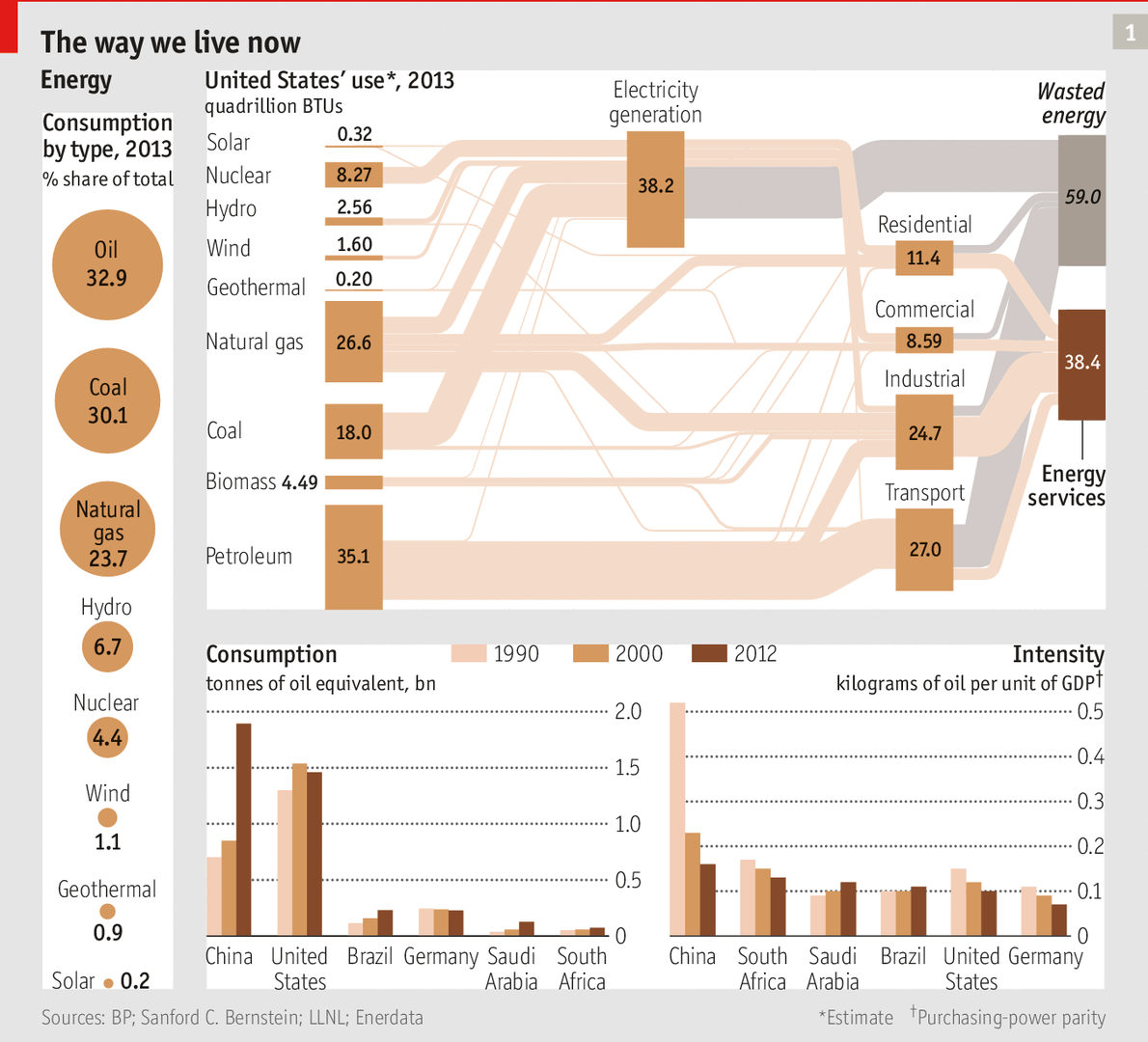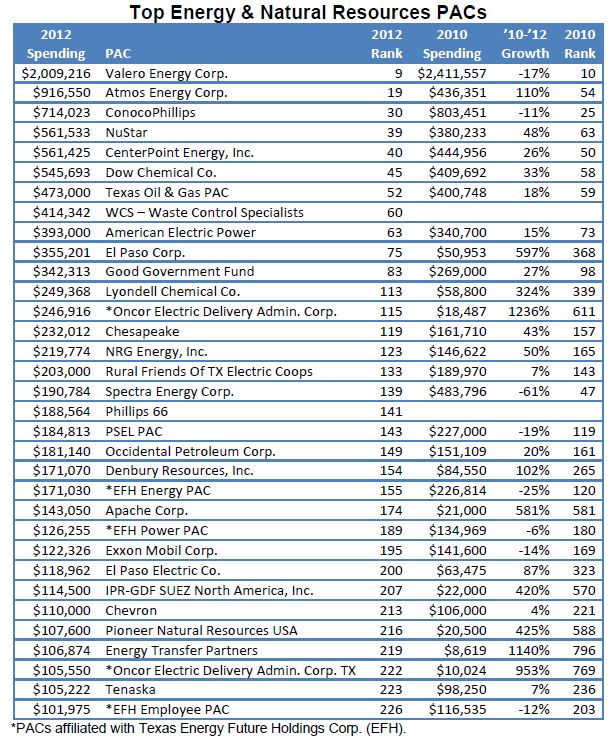The rights of local municipalities to regulate or ban drilling activity within their jurisdictions has been a hot topic over the last few years in several states, especially Pennsylvania, Texas and Colorado. Shale development has been intense in all three states, but their reactions to urban drilling regulation have differed markedly.
In Colorado, voters threatened to force a ballot initiative to ban hydraulic fracturing in the state. In response, the governor cobbled together a compromise that included the appointment of a task force to examine the impact of drilling on urban environments and make recommendations. That task force, the Colorado Oil and Gas Task Force, issued nine recommendations in February of this year. They make for interesting reading.
The Colorado Oil and Gas Conservation Commission has been conducting hearings across the state on two of the Task Force recommendations, both of which would require the COGCC to implement regulations. Both of the recommendations would increase municipalities’ participation in the permitting process for wells within their jurisdictions. Recommendation #17 would require companies planning “Large Scale Oil and Gas Facilities” to consult with local governments to try to reach agreement on the siting of those facilities and to engage in mediation if the parties are unable to reach agreement. Recommendation #20 would require companies to provide local governments a five-year plan for their drilling and development within their jurisdictions, to allow the municipalities to include those plans in the municipalities’ own long-range plans.
 Oil and Gas Lawyer Blog
Oil and Gas Lawyer Blog



